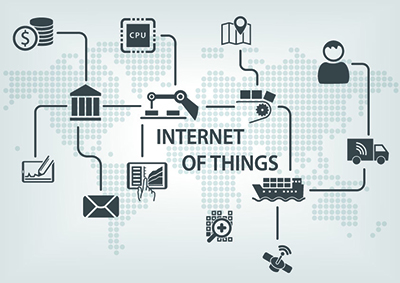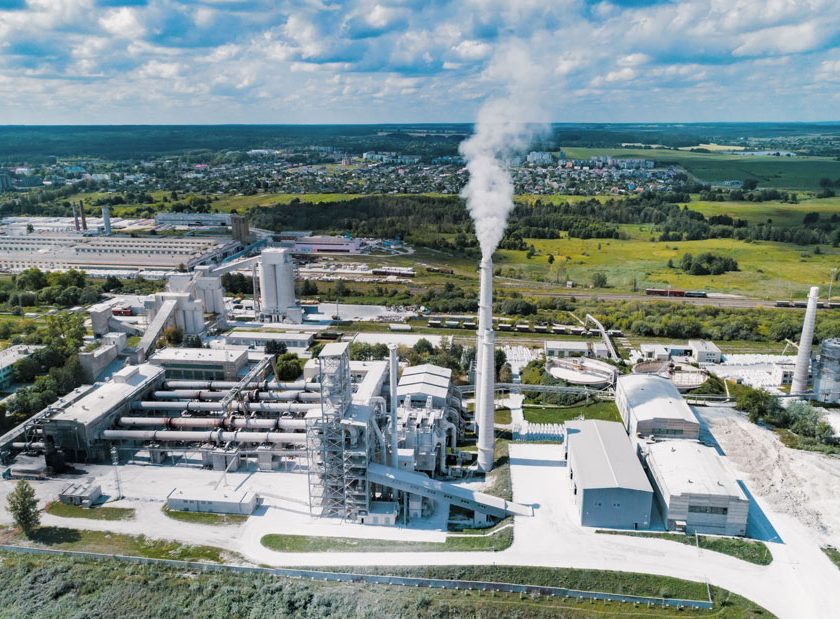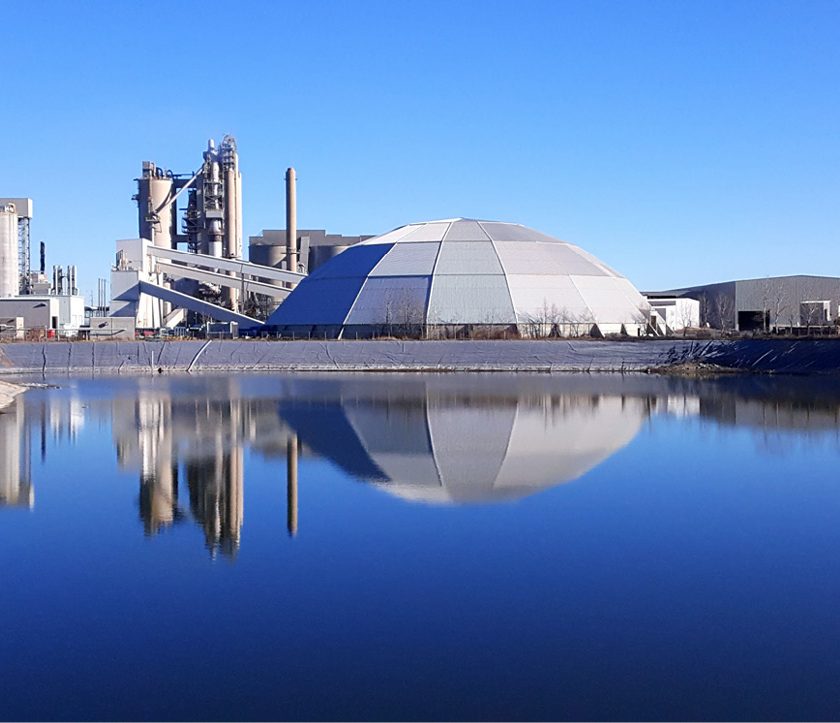Digital. Sustainable. Profitable? What Exactly Does The 21st Century Post-COVID Cement Plant Look Like?
By Jonathan Rowland

For all that concrete may be maligned, it is an integral part of modern construction and not one that can be easily replaced. More than that, its resilience, durability, flexibility and recyclability are just some of the qualities that make is essential to sustainable development.1 Building resilience into the heart of the concrete supply chain is therefore a vital task. At the center of this is the cement plant.
But what should a 21st century post-COVID cement plant look like? In a recent article from McKinsey, the authors suggest that the “path forward for the industry is clear: embrace digitalization and sustainability.”2 Over the course of my next two columms, I’ll try to unpick these two much-talked about topics, starting this month with digitalization.
So what is digitalization? And here we run into the first challenge. Digitalization is not simply the process of moving from analog to digital technologies: that has been going on in the cement industry for decades. It is something more than that. But what, is open to some debate. It is also not an end in itself (although it often seems to be touted as such). Digitalization is an enabling process that helps achieve other goals – be that improved productivity, lower energy consumption, a smaller environment footprint, or any other KPI you might care to insert here.
It may be that digitalization as term is not particularly useful. Instead, it may be more helpful to think in terms of Industry 4.0 and the smart factory.
The smart factory is one in which there is “harmonious communication between all the devices on the factory floor and the larger plant management to ensure that all the equipment is functioning as productively as possible.”3 It relies on Industry 4.0 technologies including the Industrial Internet of Things, Cloud computing, artificifical intelligence, robotics and cyber-physical systems. And here the cement industry is lagging behind others: of 54 so-called lighthouse factories of Industry 4.0 adoption identified by McKinsey and the World Economic Forum (WEF), none are cement plants.
So what might a “lighthouse” cement plant look like? According to McKinsey, it “achieves considerably lower operating costs and higher asset value through higher energy efficiency, yield and throughput.” Maintenance is more targeted and effective in increasing the lifetime of equipment, while environmental impacts are minimized “securing its license to operate across locations and jurisdictions.”
The cement plant of the future “meets customer demand by dynamically adjusting production and logistics, according to real-time customer data.” Employees “focus on value-added activities, and all non-value-added tasks are automated.” Decision-making is fact based and enabled by the availability of real-time information to managers, wherever they are located, while processes are continuously adjusted to account for variability and ensure maximised productivity.
This vision is echoed by Mikko Tepponen, who last year took up post as chief digital officer at FLSmidth. In Tepponen’s opinion, “in large-scale businesses, such as the cement industry, digital should be aimed at increasing productivity through optimisation and efficiency. This can be in terms of fuel consumption, raw material use, heat, time, emission reduction, security enhancement and in many other areas. When it comes to these parameters, humans are smart but with the right digitalization setup they can be even smarter.” 4
This, then, is a world of digital twins, augmented reality and control systems that are as easily available via mobile app-based systems as in the plant control room. But is it a world that is achievable?
At first glance, it may feel like something from a sci-fi movie. But the technologies described are available and at work today, even in the cement industry. As demographic changes continue to shift in the industry, the number of “digital natives” working in the industry will only grow. This generation thinks, learns and understands the world primarily through a digital lens – and expects to do so at work, as well as at play.
External factors will also add impetus to change. Political, regulatory and community pressure for more sympathetic and accountable cement production is only likely to grow with time. Smart factories take account of this. They are cleaner and greener. They are more competitive. They are safer. They create less impact on the people who live around them.
How does the industry get to this brave new world? Cooperation, according to Tepponen, “will be of primary importance on this journey [as] joint projects ensure a solid business focus for innovation. ”The WEF agrees: “innovation happens best in an ecosystem that involves working with universities, start-ups and other technology providers. Leading manufacturers are showing the way but they are not working in isolation.”5
As Bob Dylan sang, the times, they are a’changin’. COVID-19 may well have kickstarted that process, forcing companies to jump-start their digital transformation. But it’s not going to come all at once: expect it to be incremental and patchwork with some charging ahead and others more slow to follow. This may be particularly true for operators of one or a small number of plants, or operators of older plants, where the costs of change may not easily be set against the benefits.
For those with the ability to make the first moves, however, the pay-off could be significant. According to McKinsey, manufacturers that adopt AI early can expect a 122% improvement in cash flow, compared to a 10% cumulative change seen by followers.6
References
- For more on the sustainability value of concrete see: https://gccassociation.org/sustainability-innovation/sustainability-value-of-concrete/
- Charalambous, E., et al., “The 21st-Century cement plant: greener and more connected” (McKinsey; 16 September 2020): https://www.mckinsey.com/industries/chemicals/our-insights/the-21st-century-cement-plant-greener-and-more-connected
- HMK, What is a Smart Factory?: https://www.hmkdirect.com/blog/what-is-a-smart-factory-/
- “FLSmidth to accelerate digitalization with new CDO”, (FLSmidth; 4 June 2020): https://www.flsmidth.com/en-gb/company/news/company-announcements/2020/flsmidth-to-accelerate-digitalization-with-new-cdo
- Edmond, C., “Here’s how factories can lead in the Fourth Industrial Revolution” (World Economic Forum; 3 July 2019): https://www.weforum.org/agenda/2019/07/factories-lead-fourth-industrial-revolution-automation-jobs/
- De Boer, E., Leurent, H., and Widmer, A., “’Lighthouse manufacturers lead the way – can the rest of the world keep up?” (McKinsey; 7 January 2019): https://www.mckinsey.com/business-functions/operations/our-insights/lighthouse-manufacturers-lead-the-way



